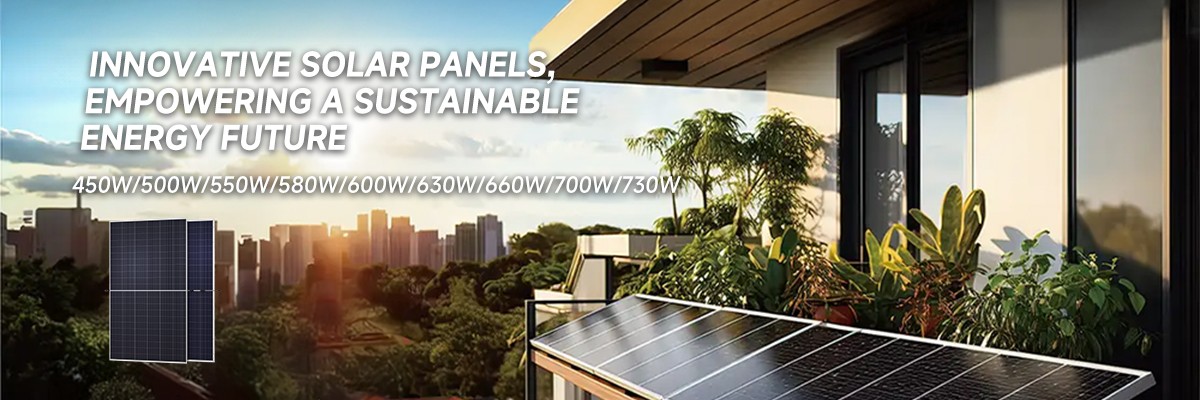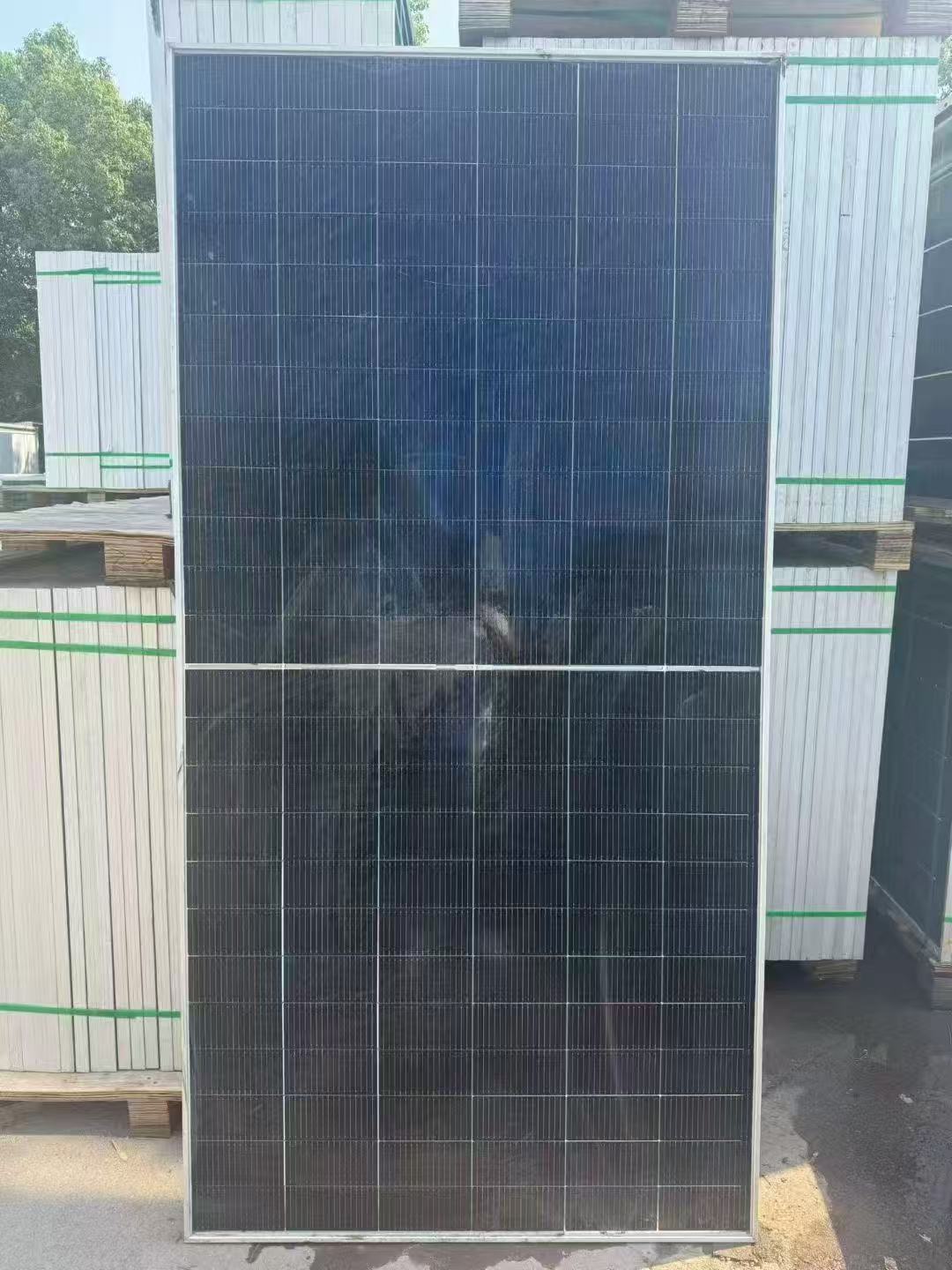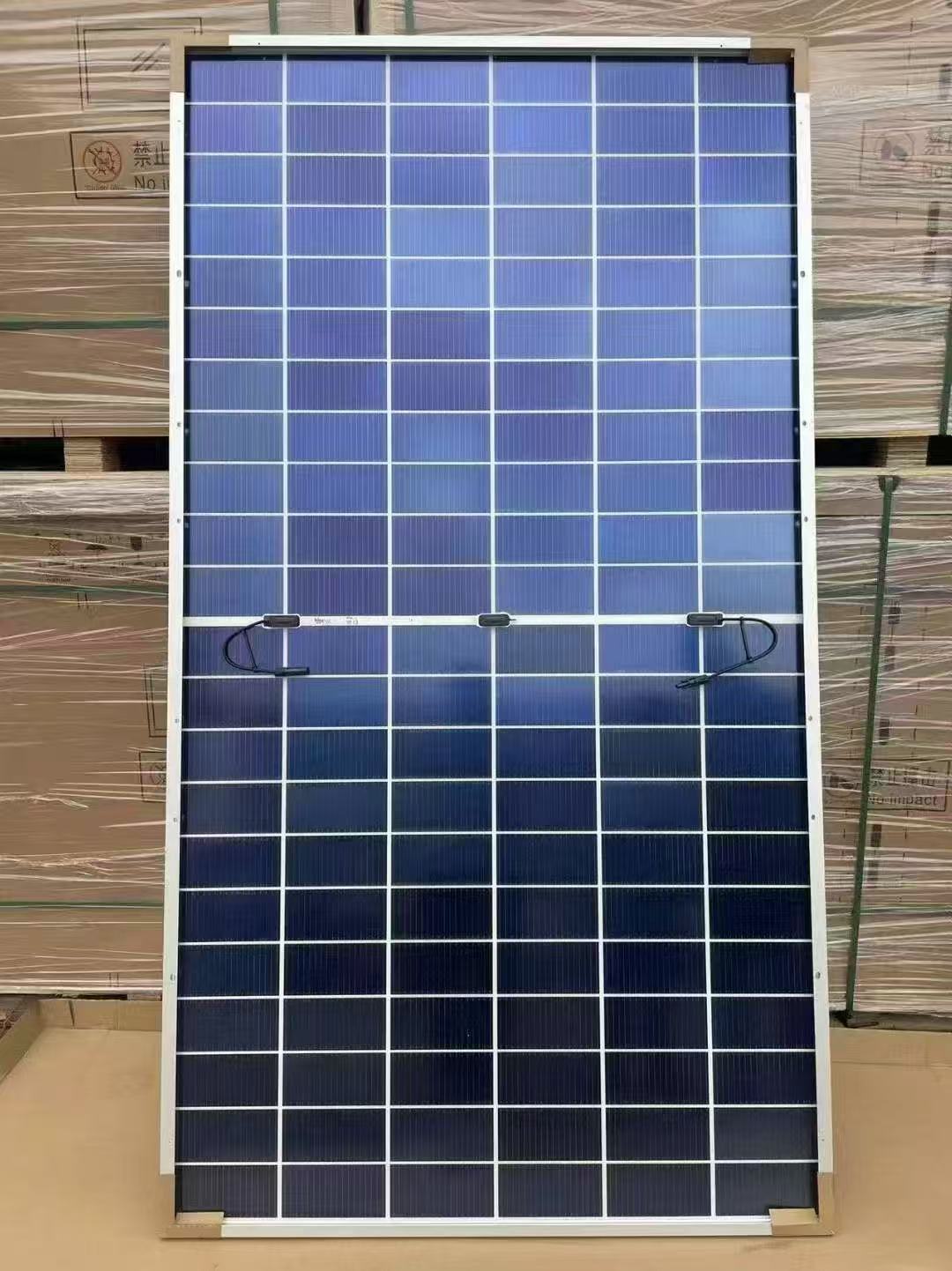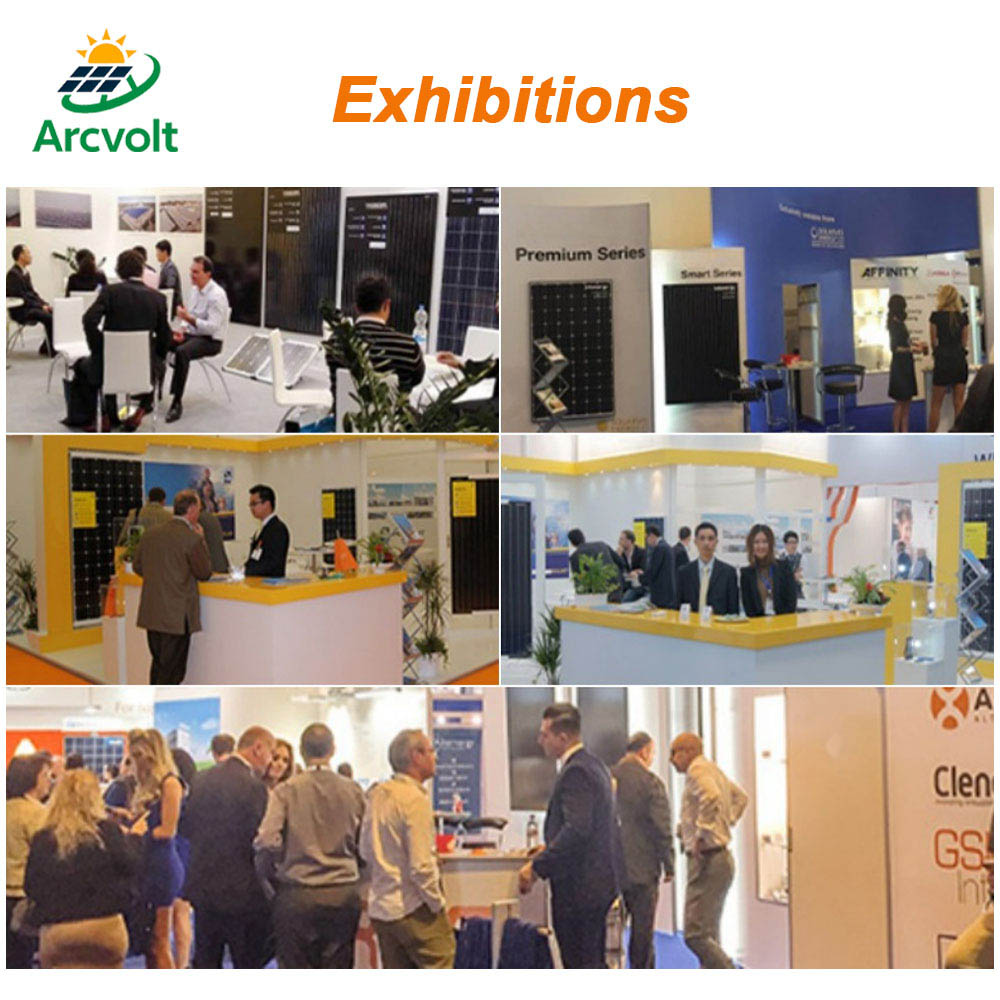Solar Panels For Home Solar Power Panels, Monocrystalline PV Module 550W 580W 600W

Custom-Designed monocrystalline pv module: We offer comprehensive customization to ensure your solar power panels perfectly match your diversified needs.
A Comprehensive Portfolio of photovoltaic module: We provide a wide selection of high-efficiency photovoltaic module in various technologies and sizes, ensuring the perfect solution for any project requirement and budget.
Competitive Wholesale & Distribution for Solar Panels: Partner with us to access a reliable supply of high-quality solar power panels at competitive wholesale pricing, empowering your installation PV modules projects and business growth.
| Model | Rated Maximum Power(Pmax) | Power Selection | Power Tolerance | Voltage at Pmax(Vmp) | Current at Pmax (Imp) | Open-Circuit Voitage (Voc) | Short-Circuit Current (lsc) | Maximum System Voltage | Maximum Series Fuse Rating | Module Application Class | Remark |
Custom-made Arcvolt Value Solar Modules | 540W | 0~+5W | ±3% | 41.7V | 13.01A | 49.41V | 13.47A | 1500VDC | 20 A | AM=1.5, E=1000W/m²,Tc=25℃. | |
540W | 0~+5W | ±3% | 41.71V | 12.97A | 49.65V | 13.69A | 1500VDC | 25A | Class A | ||
580W | ±3% | 43.85V | 13.24A | 52.50V | 13.99A | 1500VDC | 25A | Class A | AM=1.5,E=1000W/m²,Tc=25℃ Weight: 27.3KG Dimension: 2278×1134×30(mm) Nominal Operating Cell Temp(NOCT): 45℃±2℃ | ||
| 590W | 0~+5W | ±3% | 44.80V | 13.17A | 53.30V | 13.93A | 1500VDC | 25A | Class Ⅱ | AM=1.5,E=1000W/m²,Tc=25℃ | |
| 630W | 0~+5W | ±3% | 47.88V | 13.16A | 57V±3% | 13.78A±4% | 1500VDC | 30A | AM=1.5,E=1000W/m²,Tc=25℃ | ||
| ...... | |||||||||||
| 730W | |||||||||||
Description:
For effective solar energy production, ARCV's customized solar power panels are the most critical element. A complete photovoltaic module is an assembly of dozens of solar cells, a junction box, and a frame. The design overcomes the limitation of single solar cells, which individually do not function as viable power sources. By connecting these cells in series or parallel and encapsulating them within the module, a reliable and powerful source of electricity is created.


Q&A:
1. Q: I keep seeing "monocrystalline" and "polycrystalline" when looking at solar panels. What's the actual difference?
A: It really boils down to a trade-off between efficiency and cost. Monocrystalline pv modules are made from a single, pure silicon crystal. This structure makes them more efficient at converting sunlight to energy, but that higher performance comes with a higher price tag. Polycrystalline PV modules, on the other hand, are constructed from multiple silicon crystals melted together. This manufacturing process is less expensive, making them a more budget-friendly option, but they are slightly less efficient than their monocrystalline counterparts.
2. Q: What are the different types of solar power panels and what is the difference between all of them?
A: Yes, there are a few main categories to know, each with its own pros and cons.
Crystalline Silicon: This is the mainstream technology, including monocrystalline silicon and polycrystalline silicon. It has a high conversion rate of over 21%, making it very efficient. The downside is that it's the most expensive option. Most solar power panels in the market utilise crystalline technology.
Thin-Film: This technology has been around, but it struggles to compete. Its main drawback is a low photoelectric conversion rate, typically only about 6%-10%. Because it's roughly half as efficient as crystalline silicon, it holds a very small share of the market.
New Technologies (like Perovskite): This is where a lot of exciting research is happening. Perovskite cells, for example, have the potential for very high conversion rates (a theoretical limit of up to 33%) and low production costs. However, the biggest challenge holding them back from large-scale use is that their efficiency degrades seriously over time. If that problem can be solved, they could be a game-changer for the industry.
3.Q: What's the deal with "P-type" and "N-type" solar panels? Is one better than the other?
A: The main difference between them is the specific element used to treat the silicon during manufacturing. P-type cells are doped with elements like boron or gallium, while N-type cells use elements like phosphorus or arsenic. In terms of performance, N-type panels currently have a slight edge, with a mass-produced conversion rate of around 22.1% to 23.3% as of 2025, compared to P-type's 21.1% to 21.5%.
4.Q: Are all solar panels for home built the same way? I've heard terms like "half-cut" and "shingled."
A: No, they aren't all the same! Those terms refer to different assembly technologies:
Half-Cut: This is a simple but effective technique where a standard cell is cut into two smaller pieces before being assembled into PV modules.
Shingled: This method involves cutting a cell into five or six long strips. These strips are then overlapped and joined with a conductive adhesive, kind of like roof shingles.
Flexible: Just as it sounds, these are bendable, lightweight panels perfect for curved surfaces like some rooftops. They can be made using the shingled technique with a flexible backsheet instead of glass, or by using thin-film solar cells.
5. Q: When shopping for solar power panels, I see numbers like "182" or "210." What do they mean, and are there standard sizes?
A: Those numbers refer to the size of the individual solar cells inside the panel, measured in millimeters. So, a "182" panel uses 182mm x 182mm cells, and a "210" uses 210mm x 210mm cells. As for standardization, there has been a recent push for it. In mid-2023, several major Chinese manufacturers agreed on a standard size for rectangular PV modules (2382mm x 1134mm) and the rectangular cells within them (182.2mm x 191.6mm).



We are a leading innovator and manufacturer in lithium battery technology, dedicated to engineering and manufacturing high-quality LiFePO4 solar batteries and power systems. Our core business involves the complete lifecycle of product development, from initial design to final production of dependable lithium battery packs. We proudly serve diverse sectors with customized solutions for energy storage, critical backup power systems, and compatible inverters and solar panels.
Based on automated production technology, Arcvolt are able to meet our customers' product needs quickly. However, the exact lead time depends on the quantity and the season you place the order.
Usage scenario: wall-mounted batteries, rack-mounted batteries, and stacked batteries. Voltage: 48V or 51.2V batteries, low/high voltage batteries Application: Residential storage batteries, industrial and commercial energy storage batteries.
While the typical home system uses 2 or 3 batteries, the perfect number for you is a personal choice. It all comes down to what you want to power during a grid outage and for how long. Do you need to run just the essentials or your whole house?
Yes, going completely off-grid is possible, but it's a significant step beyond standard solar with battery backup. A true off-grid system requires a much larger solar array and battery bank to power your home 24/7, making it a substantial investment. You also need a reliable backup source, like a generator, for days without sun. It's important to note that in North Carolina, disconnecting a home from the utility grid can be a complex process.
We accept EXW,FOB,CFR,CIF,etc. You can choose the one which is the most convenient or cost effective for you.
Absolutely. Our in-house design team specializes in OEM and ODM projects to bring your brand's vision to life. Simply provide us with your concept, high-resolution logo, and any text or images you'd like to include. We will then create a professional design proof for your final approval before we proceed.
Certifications are a key part of our pre-production checklist. We start by confirming with you which certifications are needed. These requirements are then integrated into the project timeline to ensure completion before shipment, and are formally documented in the signed agreement.
We offer lifetime technical support, with our engineers available 24/7 to provide prompt online assistance.
Yes, most of Arcvolt's inverters are designed to be scalable, meaning your system can grow with your needs. However, it's something that requires planning. Before adding more panels, it's essential to confirm that your current inverter can handle the additional power. We always recommend discussing your future plans with a professional to ensure your initial system is future-ready.
It depends on whether you have batteries. For Solar + Battery systems: A hybrid inverter is essential. It seamlessly manages power from panels and batteries in a single unit. For Solar-Only systems: Traditional inverters (like string or microinverters) are an option. The main advantage of a hybrid inverter is that it eliminates the need for a separate charge controller, making for a cleaner and more efficient installation.
Selecting the right inverter is one of the most important decisions you'll make for your solar project. While technical specifications matter, the long-term value comes from the manufacturer. Arcvolt advise customers to look beyond the data sheet and assess the company on these five critical points: their warranty, quality control standards, customer service responsiveness, installation support, and competitive pricing.
Generally, you want the inverter's size to match your solar array's power output. So, if you're installing a 5,000-watt solar system, you'll need an inverter of at least 5,000 watts to handle the load.
Yes, samples are available upon request as part of the qualification process for bulk orders. Please reach out to a member of our customer service team to discuss your specific requirements and they will assist you with the next steps.
Think of it as your personal energy bank. During the day, it saves up all the extra, unused power your solar panels generate. Then, you can draw from that stored energy whenever you need it—at night, during a power outage, or to avoid high-cost peak hours. For homeowners, this means energy independence and peace of mind. For businesses, it's a powerful tool to slash electricity bills.
Smart inverters are central to a system's reliability. Our inverter provide a constant stream of performance data, giving you a real-time view of your entire solar array. If a problem arises, the inverter's diagnostic tools can pinpoint the exact issue, which significantly speeds up repairs. This intelligent monitoring is key to preventing small problems from becoming big ones and guarantees the consistent, reliable operation you expect.
MPPT is a crucial technology that ensures you're not wasting sunlight. Because sun conditions are always changing, there is always a single, optimal point where your solar panels operate most efficiently. MPPT is the brain that constantly scans and adjusts the system to find and stay locked onto that "maximum power point." This guarantees you are harvesting the most energy possible from your panels at any given moment.
It's a question of priorities, and the logical first step is always generation. You have to make power before you can store it. Solar panels directly reduce your utility bills by producing electricity. Batteries give you control over when you use the excess electricity you've already made. We help our customers design a system that maximizes their solar panel array first, as this delivers the biggest and fastest return on investment.
A grid-tied inverter is the standard type used to reduce your electricity bills with solar. It safely connects your solar system to the utility's grid, allowing you to seamlessly feed any surplus power you produce back to the utility. In return, you receive credits on your bill for that energy, a process known as net metering. For safety, these inverters automatically shut down during a power outage.
The exact amount of power you generate is unique to your home and depends on your system's size, your roof's orientation, and how much direct sun you get. However, to give you a real-world idea, our typical 6kW home system can produce around 30kWh of electricity on a clear, sunny day. For most households, that's more than enough to cover all of your energy needs for a full 24 hours.